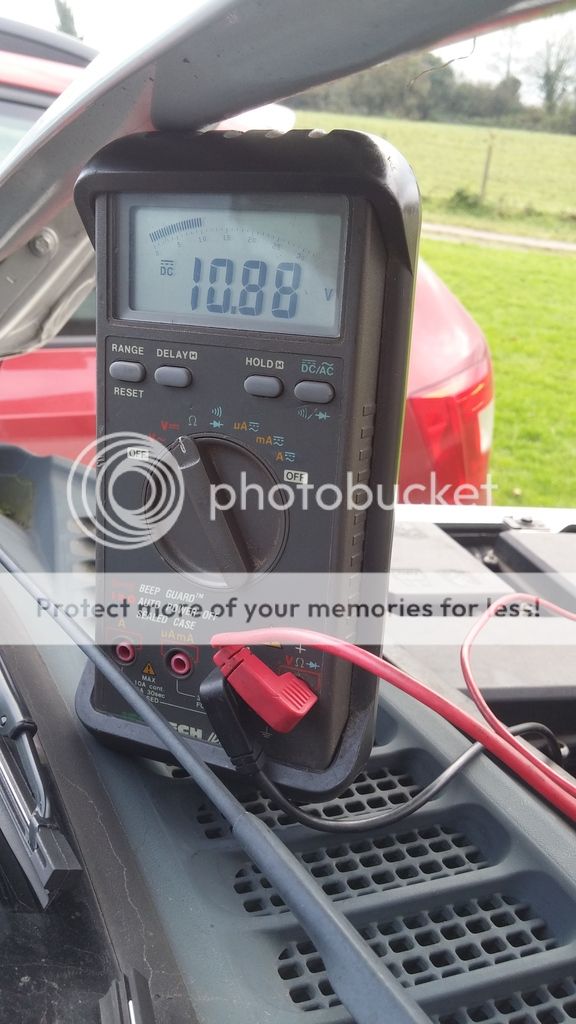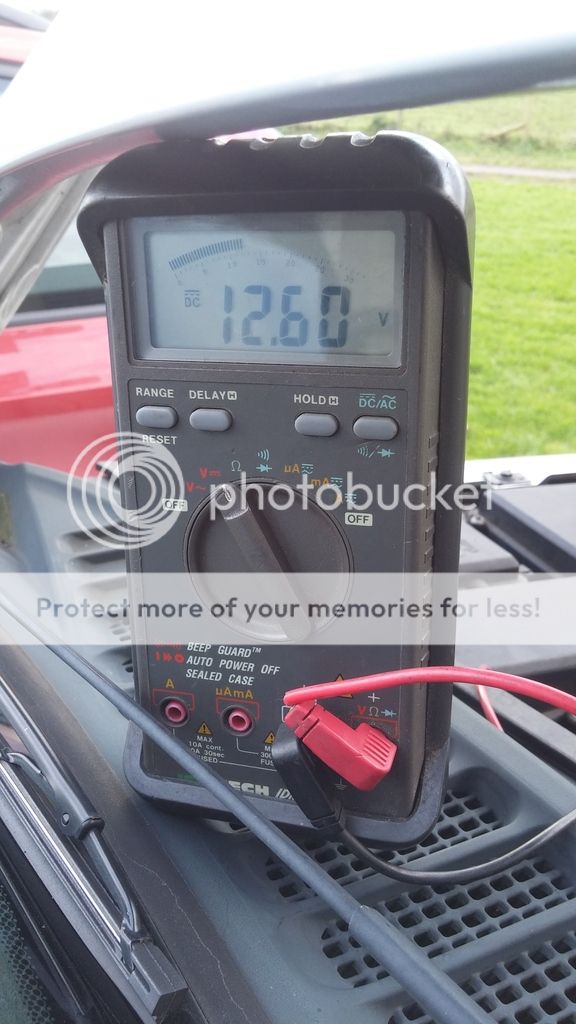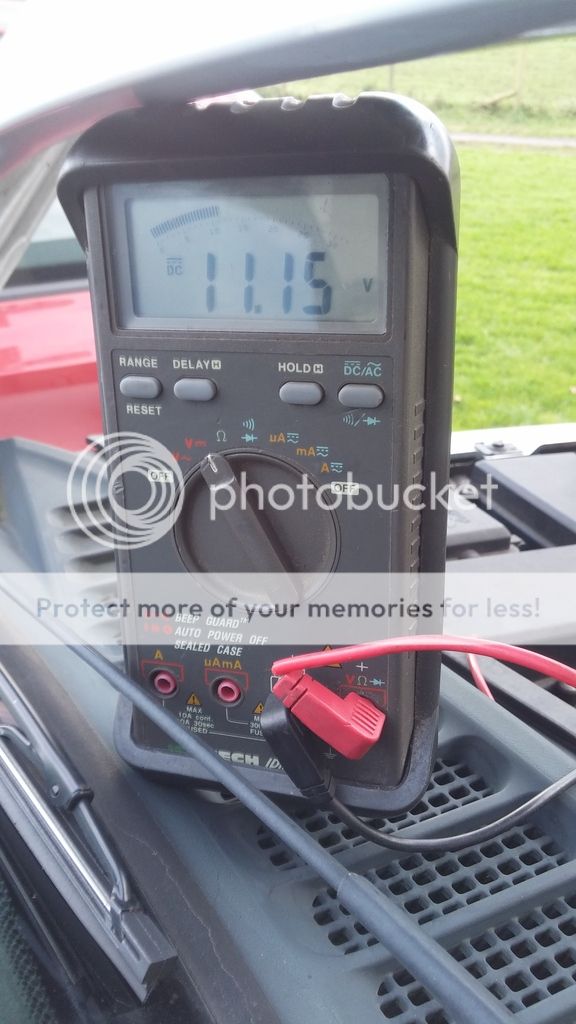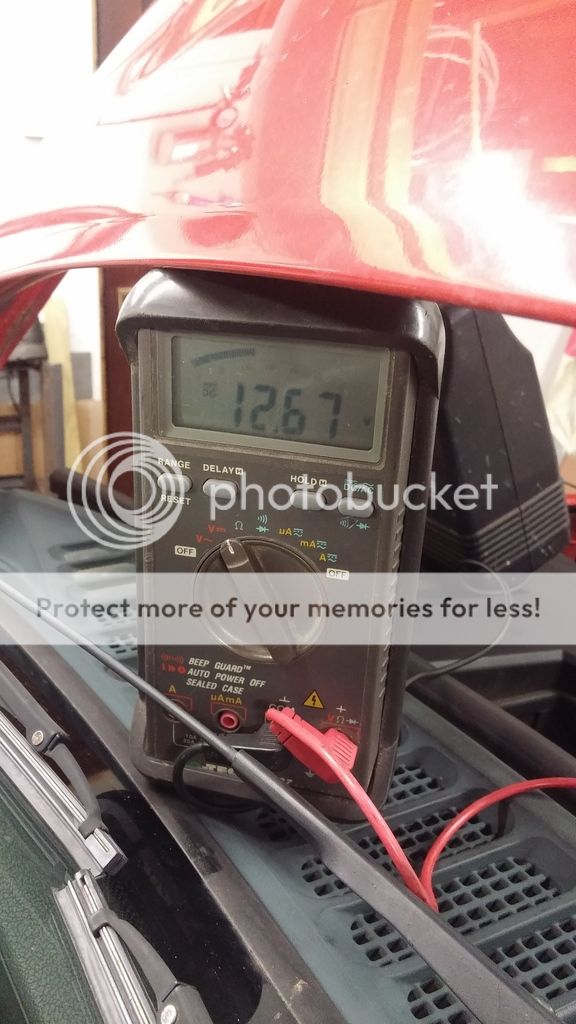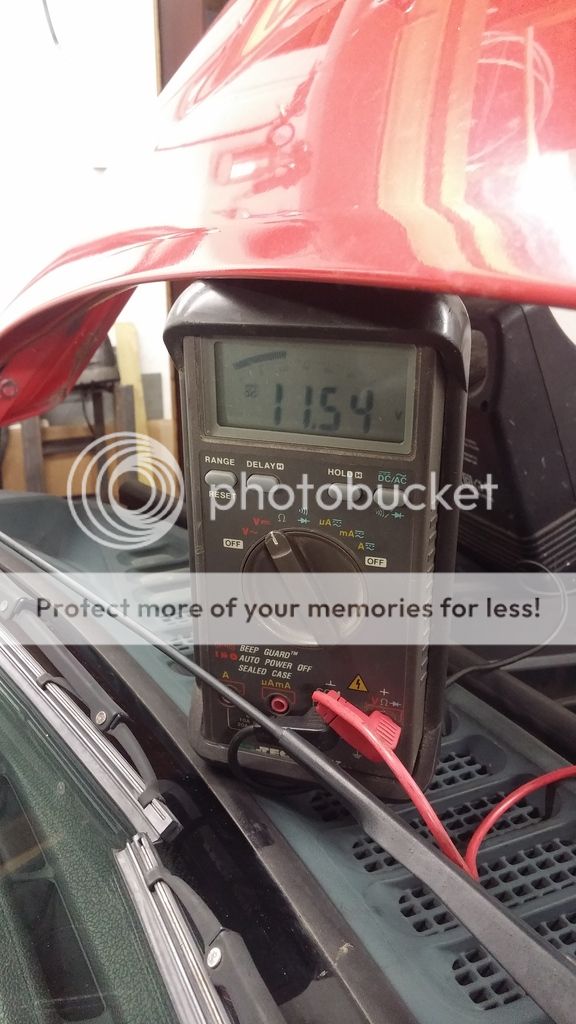Alibro
Well-Known Member
- Posts
- 7,443
- Location
- Northern Ireland
The voltage dropped immediately I turned the key to position II, I tried to crank it but it just kept clicking until I jumped it from a 2nd battery. The voltage still dropped to around 10.9V but the 2nd battery is ropey too as are my jump leads but the car started first time. When I get the new battery fitted I'll report back what voltages I see but won't be able to confirm much until another cold morning.
BTW Cheap multimeters (anything less than fifty quid) will not give accurate measurements so your meter might have given a different reading to mine. I tried two meters (both cheap and both old) and they were reading 0.2V different. So the exact readings may not be accurate, having said that the voltage drop was almost 2V just by turning on the ignition and I suspect that is too much.
BTW Cheap multimeters (anything less than fifty quid) will not give accurate measurements so your meter might have given a different reading to mine. I tried two meters (both cheap and both old) and they were reading 0.2V different. So the exact readings may not be accurate, having said that the voltage drop was almost 2V just by turning on the ignition and I suspect that is too much.


